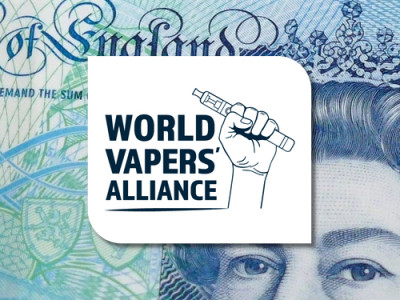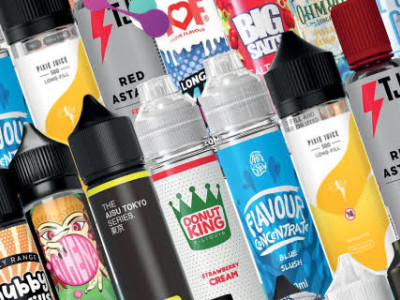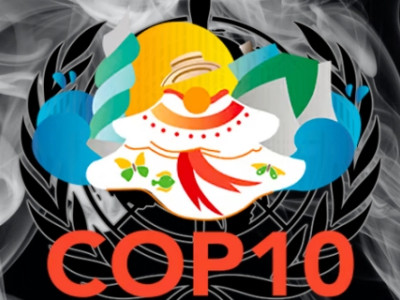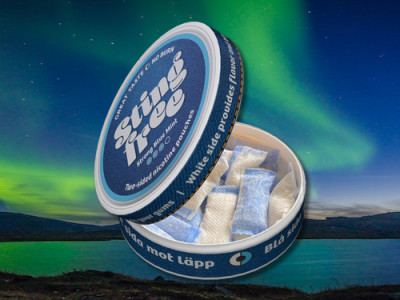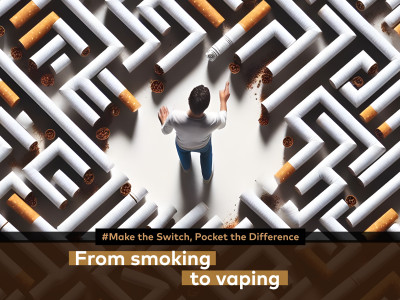The team state: “Electronic cigarettes (ECs) are currently the most popular harm reduction products, but still not all smokers find them effective or satisfactory enough in fully substituting smoking. This could be related, at least in part and for less advanced products, to insufficient nicotine delivery compared to tobacco cigarettes.”
Farsalinos highlights that feedback from vapers states that high nicotine liquids are used to help the transition from smoking to vaping. Moreover, ecigs are poor vectors for nicotine delivery due to the low levels found in vapour and the variation between different devices.
Heat-Not-Burn products were first introduced, unsuccessfully, in the 1980s. Despite delivering acceptable levels of nicotine, users found they had an “unpleasant flavour” and were difficult to use on a daily basis.
The new product, the IQOS, operates in a similar fashion, as ‘it says on the tin’ it heats the tobacco to 350 °C, instead of burning at 900 °C in a traditional cigarette. Consequently, there is no combustion – so there are no by-products of combustion.
“Studies perform by the manufacturer of the product have shown reduced emissions of toxic chemicals, lower in vitro adverse effects in animals and lower human exposure to harmful and potentially harmful chemicals, findings that are probably related to the low working temperature of the product.”
They found that the IQOS “contains nicotine at concentration (per gram of tobacco) similar to tobacco cigarettes. With the puffing regimes tested herein, the delivery of nicotine to the aerosol was lower than a tobacco cigarette, higher than electronic cigarettes at low puff duration and lower than eGo style and variable wattage electronic cigarettes at longer puff duration.”
Farsalinos talked about this research during his attendance at the recent Global Forum for Nicotine conference. You can watch it on the video below:
Dave Cross
Journalist at POTVDave is a freelance writer; with articles on music, motorbikes, football, pop-science, vaping and tobacco harm reduction in Sounds, Melody Maker, UBG, AWoL, Bike, When Saturday Comes, Vape News Magazine, and syndicated across the Johnston Press group. He was published in an anthology of “Greatest Football Writing”, but still believes this was a mistake. Dave contributes sketches to comedy shows and used to co-host a radio sketch show. He’s worked with numerous vape companies to develop content for their websites.
Join the discussion
Harm Reduction For The Rich
The United Kingdom risks becoming a harm reduction country only for the wealthy, according to Michael Landl of the World Vapers’ Alliance
Longfills as an Alternative to Disposables
The disposable vape ban will impact many people, but there’s no reason to be concerned… Grab yourself a pod kit and a Longfill and you’ll be back to vaping the way you want to, just in a cheaper, more environmentally friendly and legal way.
COP10 is a Threat to Safer Nicotine Products
The EU obscures its position on low-risk alternatives to smoking before the WHO COP10 conference in Panama, starting Monday
Nicotine Is Not A Culprit
Planet of the Vapes has always encouraged smokers to use the quit product that works best for them, and snus is a product that seems to be unfairly blocked because it contains nicotine



